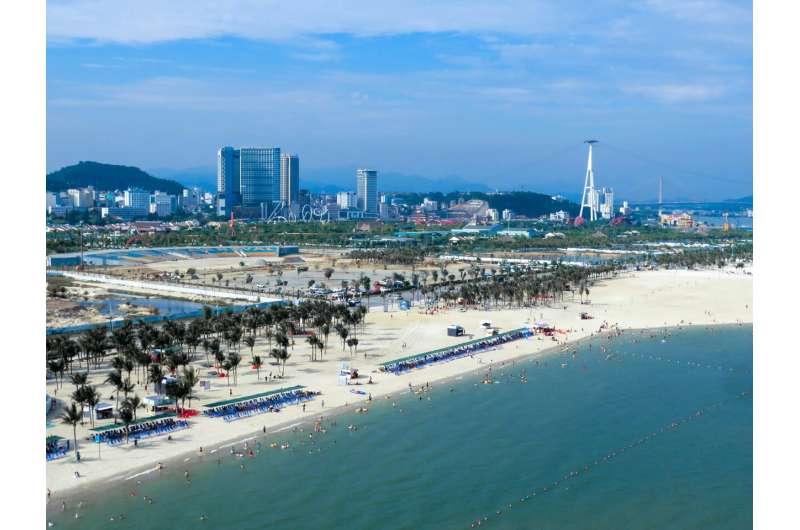
Research in the International Journal of Critical Infrastructures offers guidance on securing water critical infrastructures and reaffirms the urgency of protecting environment monitoring technologies as cities evolve into smart cities. The research by Anh Tuan Hoang and Xuan Ky Nguyen of the Vietnam National University in Hanoi focuses on the city of Quang Ninh and offers proposals that would help it build resilient and secure systems.
As cities evolve and systems become more and more interconnected and reliant on information technology, there is a pressing need to enhance not only the requisite sensors and actuators for the smart city but to ensure they can cope with demand and fend off cyber attacks and other malicious activity.
The present research examines the critical infrastructure of water systems in Vietnam, a country in which smart cities are high on the agenda. The team highlights how important is protecting environmental monitoring technologies from various security threats. By focusing on Quang Ninh the team has demonstrated what risks a smart city might face and how critical infrastructure might be made watertight.
Water infrastructure is, of course, critical in the urban environment, sustaining homes, medical facilities, workplaces, and natural ecosystems. The integration of environmental monitoring technology into this infrastructure allows real-time control and operation, which can improve efficiency and resource management. However, it also represents a target for malicious third parties and so-called bad actors who might interfere with or otherwise disrupt this kind of interconnected technology. While a cyberattack on e-commerce would be an inconvenience an attack on water critical infrastructure could be a matter of life or death for thousands, if not millions, of people across a smart city.
In Quang Ninh, plans for digital transformation are already underway to build the smart city of the future. The team has looked at the technological risk facing such a city in terms of preventing adverse events. The researchers have thus identified a strong relationship between technological security and the performance of environmental protection and management. The work highlights the human factors that can lead to the compromising of technological systems and points out that such factors must be scrutinized closely to enhance security and preclude as best as possible cyber attacks that exploit social engineering.
Policymakers, urban planners, and stakeholders in Vietnam and elsewhere can turn to the insights in this research to help them develop strategies for the fortification of their critical infrastructure and protect against non-conventional security threats.
More information:
Anh Tuan Hoang et al, Managing technological security of smart environment monitoring systems: study of a coastal province in Vietnam, International Journal of Critical Infrastructures (2023). DOI: 10.1504/IJCIS.2023.132236
Citation:
Making smart city infrastructure watertight in Vietnam (2023, July 28)
retrieved 28 July 2023
from https://techxplore.com/news/2023-07-smart-city-infrastructure-watertight-vietnam.html
This document is subject to copyright. Apart from any fair dealing for the purpose of private study or research, no
part may be reproduced without the written permission. The content is provided for information purposes only.
Stay connected with us on social media platform for instant update click here to join our Twitter, & Facebook
We are now on Telegram. Click here to join our channel (@TechiUpdate) and stay updated with the latest Technology headlines.
For all the latest Technology News Click Here
